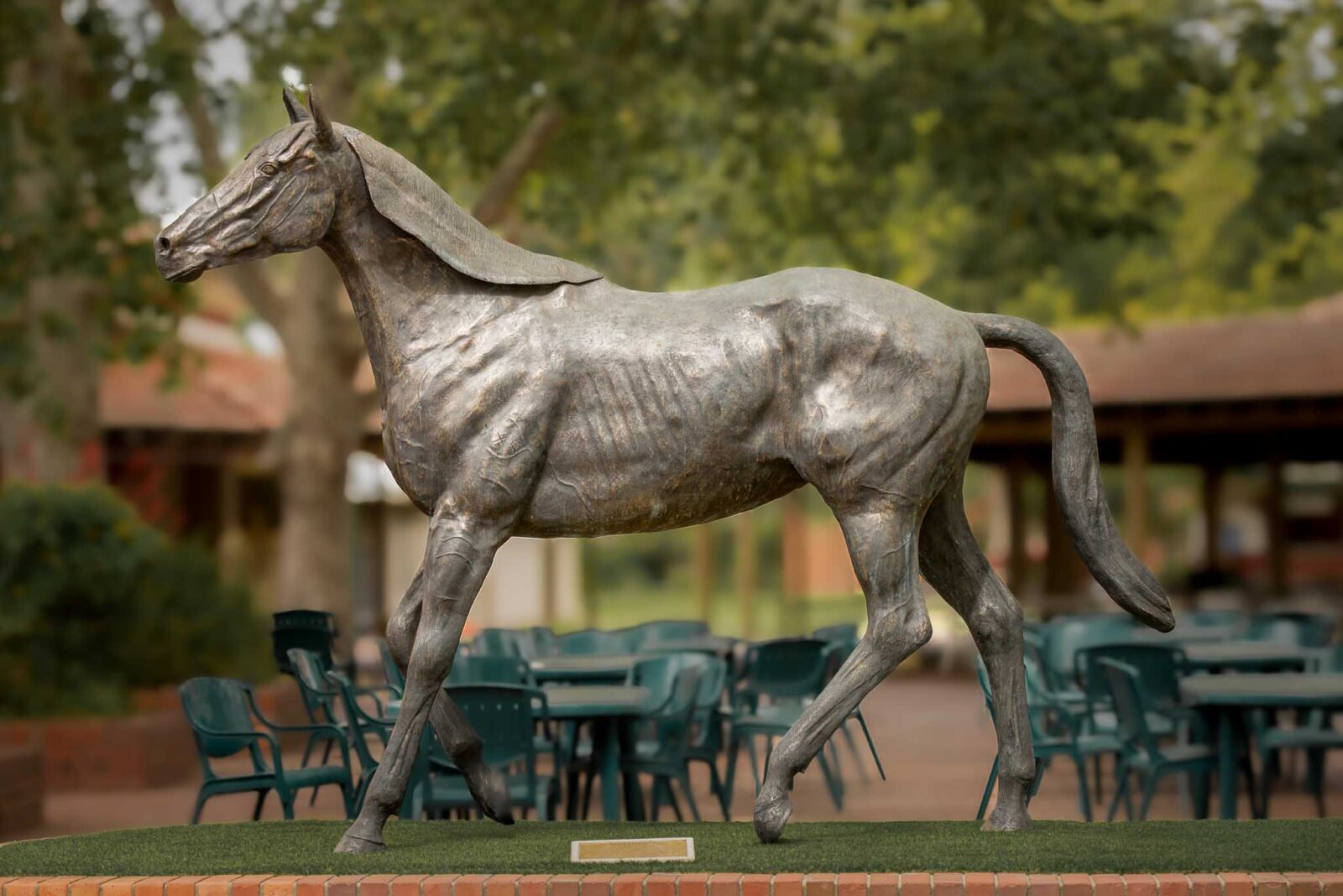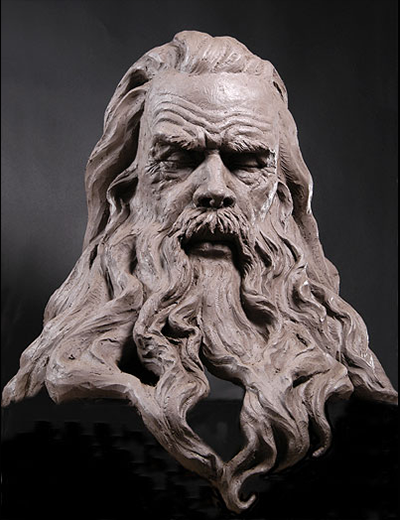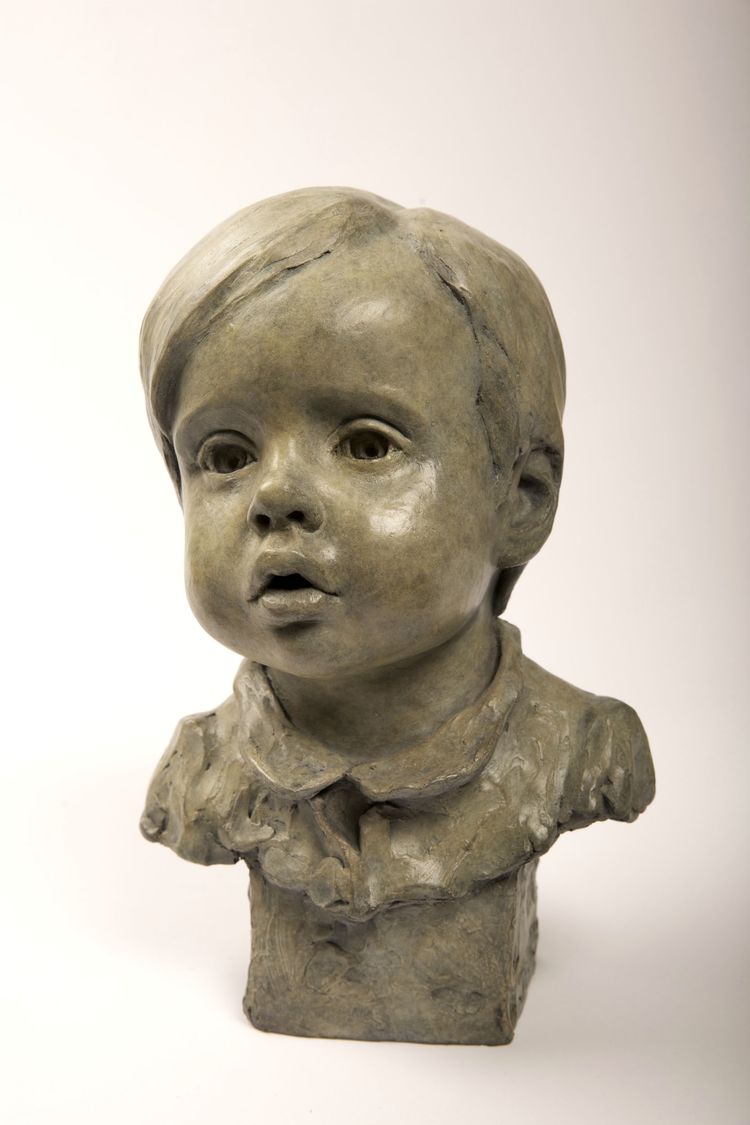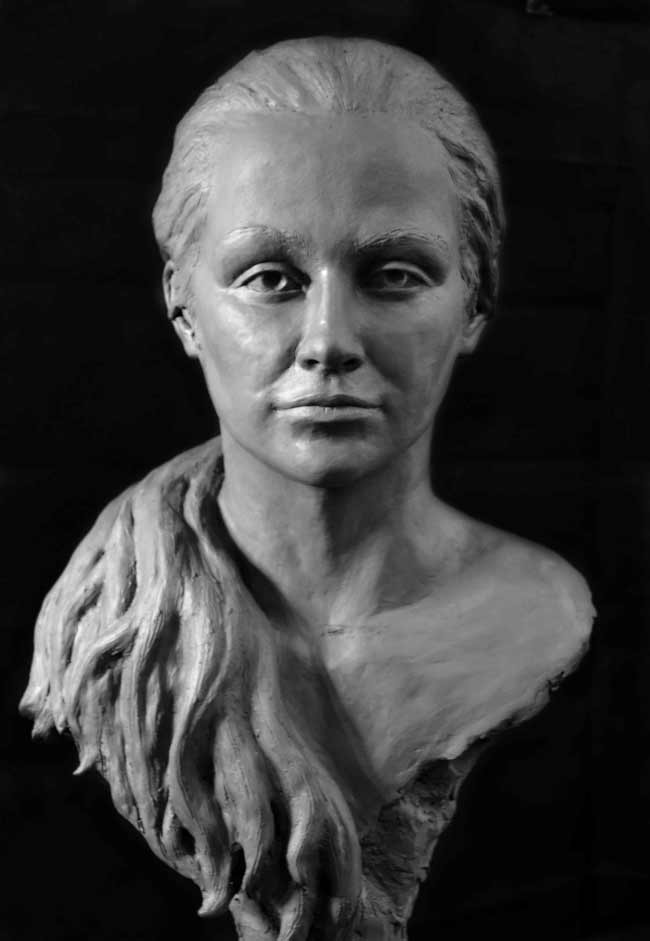The Development of Sculptures: From Old to Modern
The Evolution of Sculptures: From Ancient to Modern. Robert C Hitchcock Sculptor.
Sculpture, among the oldest kinds of art, has actually been an integral component of human world for centuries. From the old people of Egypt and Greece to the contemporary period, sculptures have advanced, showing changes in imaginative strategies, products, and cultural influences. This trip via time traces the advancement of sculptures, exploring the changes in vogue, topic, and artistic expression.
Starting with the ancient globe, sculptures crafted from stone and later on bronze caught the essence of deities, rulers, and everyday life. The Renaissance period experienced a revival of classic sculpting methods, as musicians looked for to mimic the graceful forms of ancient Greek and Roman sculptures (Portrait Sculptor). In the modern period, musicians challenged traditional borders, accepting abstraction and testing with brand-new products
This expedition will explore the varied development of sculptures, exposing the rich tapestry of imaginative expression throughout different durations and cultures.

Old Sculptures: From Stone to Bronze
Ancient sculptures transitioned from being carved out of rock to being cast in bronze. Stone sculptures, while remarkable in their own right, were restricted by the nature of the material. Contemporary Sculptures.
The introduction of bronze as a tool for sculptures brought around a revolution in imaginative expression. Bronze used artists the chance to develop realistic and detailed forms that were not feasible with rock. The process of casting bronze enabled the production of several copies of a sculpture, making it possible for broader distribution and preservation of these artistic work of arts.
The change from rock to bronze additionally saw a change in the subject of sculptures. While rock sculptures mainly shown gods, sirens, and mythical numbers, bronze sculptures started to mirror a more comprehensive variety of subjects, consisting of everyday individuals and pets. This expansion of subject showcased the flexibility and versatility of the bronze medium.
Renaissance Resurgence: Forming in the Classical Style
The Renaissance resurgence of sculpture saw a rebirth in the timeless style, building upon the improvements made throughout the shift from stone to bronze in old sculptures. Throughout this duration, musicians sought to recreate the classical aesthetic and ideals of appeal that were common in old Greek and Roman sculptures.
Among the essential attributes of the Renaissance resurgence was the focus on naturalism and the human type. Sculptors like Donatello and Michelangelo strove to capture the anatomical details and expressions of their subjects with unprecedented precision. They researched the body and incorporated their monitorings right into their sculptures, leading to realistic and natural depictions.
One more important facet of the Renaissance resurgence was the expedition of point of view and depth. Musicians made use of methods such as contrapposto, where the weight of the body is shifted away, producing a sense of activity and dynamism. They likewise try out various products, including marble and bronze, to attain a level of sophistication and intricacy in their sculptures.

Modernism and the Avant-Garde: Damaging Conventional Boundaries
During the Innovation and Avant-Garde movements, sculptors pressed the boundaries of typical creative conventions. This period, which emerged in the late 19th and very early 20th centuries, saw a dramatic change in the method musicians came close to sculpture. Turning down the idea of art as simple imitation, modernist sculptors looked for to explore brand-new types, materials, and concepts.
Among the key features of modernist sculpture was the focus on abstraction. Sculptors relocated far from sensible depictions and rather concentrated on recording the essence of the subject via simplified kinds and geometric shapes. This departure from typical representation allowed artists to reveal their feelings and concepts in an extra personal and subjective way.

Contemporary Sculptures: Discovering New Materials and Concepts
With a focus on checking out new materials and ideas, modern sculptures have actually changed the field of art. Artists today are pushing the limits of typical sculpture by exploring and using ingenious products with abstract ideas. These sculptures test standard ideas of significance, materiality, and type, welcoming viewers to involve in a brand-new and thought-provoking artistic experience.
Contemporary sculptors are accepting a large range of products, including plastic, glass, steel, and even raw material. They are not limited to the standard tool of rock or clay, permitting greater freedom of speech and trial and error. This change in the direction of unconventional materials has actually opened brand-new opportunities for musicians to develop sculptures that are vibrant, interactive, and aesthetically striking.
In enhancement to discovering brand-new products, modern sculptures additionally dig right into complicated and abstract ideas. Artists are now discovering themes such as identification, social problems, and the setting, utilizing sculpture as an effective medium for social discourse and self-contemplation. These sculptures challenge viewers to believe critically and engage with art on a much deeper level, sparking discussions and provoking psychological reactions.
International Influences: Sculptural Practices From Worldwide
Sculptural traditions from different regions of the globe have significantly formed the evolution of sculptures throughout background. The global influences on sculpture have been varied and have added to the splendor and variety of imaginative expressions. From the ancient civilizations of Egypt, Greece, and Rome to the detailed carvings of Asian societies, each region has created its special sculptural customs that have influenced musicians across time.
In ancient Egypt, sculptures were developed mostly for spiritual and funerary objectives. The famous sculptures of gods and pharaohs, such as the Great Sphinx and the breast of Queen Nefertiti, showcase the Egyptians' proficiency of stone sculpting and their belief in the afterlife.

In ancient Rome, sculpture offered both imaginative and political objectives. Roman sculptures commonly shown emperors, generals, and mythical figures, showing the power and grandeur of the realm. The marble statue of Augustus of Prima Porta and the huge Arc of Constantine are noteworthy instances of Roman sculptural success.
Oriental sculptural customs, especially in India, China, and Japan, have likewise had a profound effect on the advancement of sculptures. Japanese sculptures, affected by Buddhism, stress simpleness and tranquility, seen in the peaceful statuaries of Buddha and the stylish art of bonsai.
The global influences on sculpture proceed to evolve in the contemporary period. Musicians today attract ideas from various sculptural customs, including brand-new materials, methods, and principles to create cutting-edge and thought-provoking art work. The fusion of different cultural impacts has generated a diverse and dynamic sculptural landscape, reflecting the interconnectedness of our global culture. As we look to the future, it is particular that the worldwide influences on sculpture will certainly proceed to form and redefine this ancient art form.
Verdict
In conclusion, the advancement of Equine Sculptures sculptures has seen a change from ancient rock and bronze works to the classic revival throughout the Renaissance. Today, contemporary sculptures discover brand-new materials and principles, while likewise drawing ideas from global sculptural practices.
From the ancient civilizations of Egypt and Greece to the modern-day age, sculptures have actually developed, showing adjustments in artistic strategies, materials, and cultural impacts.Beginning with the old globe, sculptures crafted from stone and later bronze caught the significance of deities, leaders, and everyday life.Old sculptures transitioned from being carved out of rock to being cast in bronze. While rock sculptures primarily shown gods, goddesses, and mythological numbers, bronze sculptures began to mirror a wider array of subjects, consisting of everyday individuals and animals.In verdict, the evolution of sculptures has actually seen a change from ancient rock and bronze works to the timeless resurgence during the Renaissance.